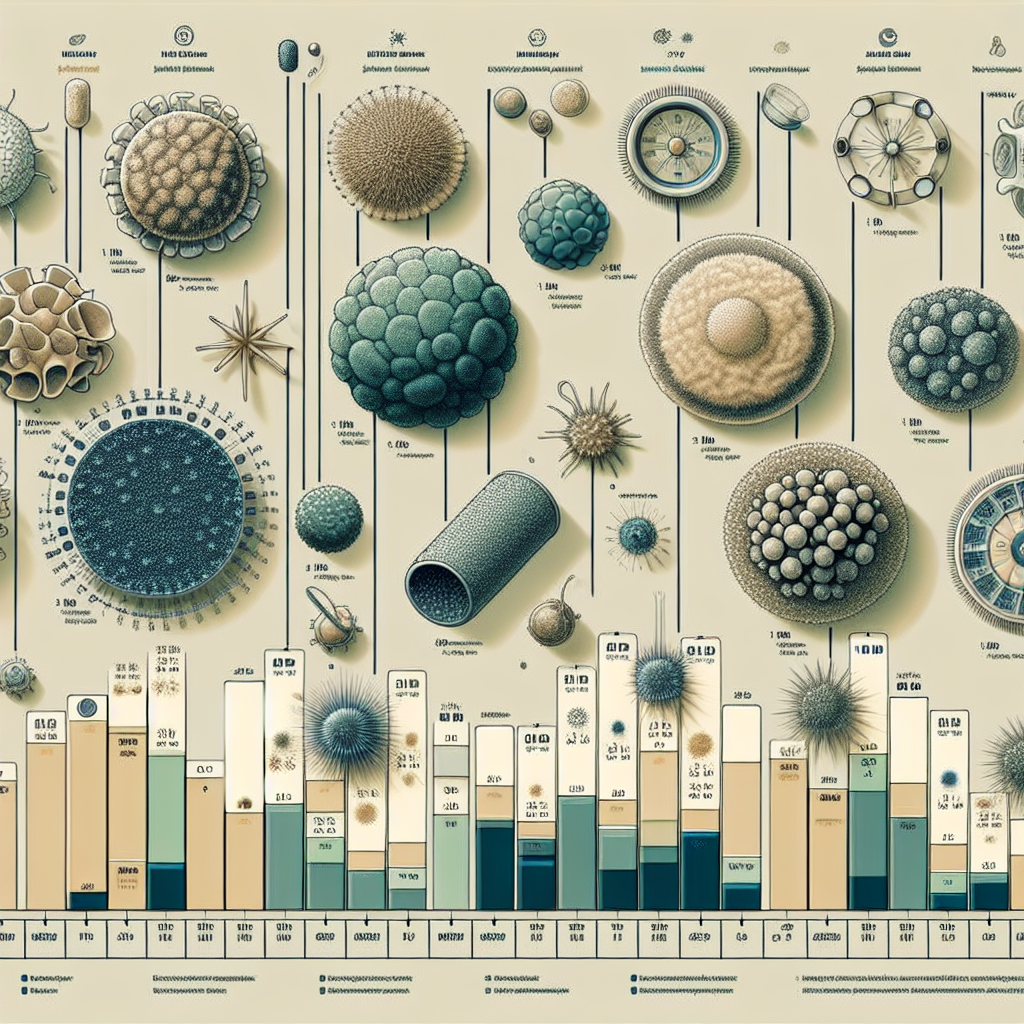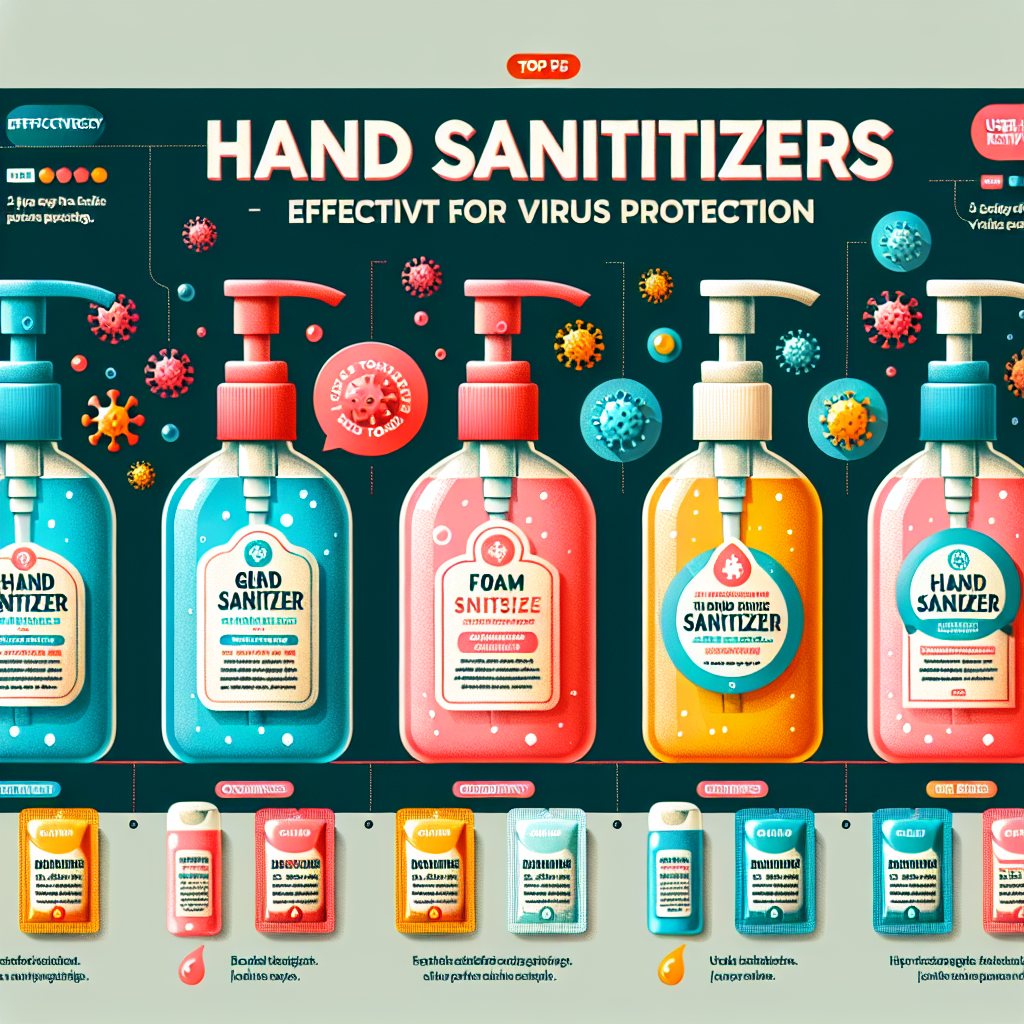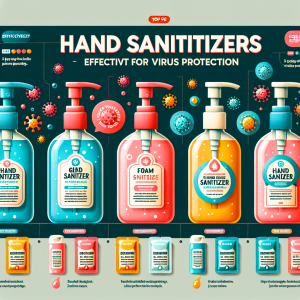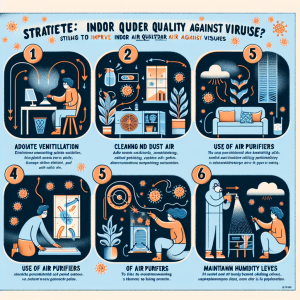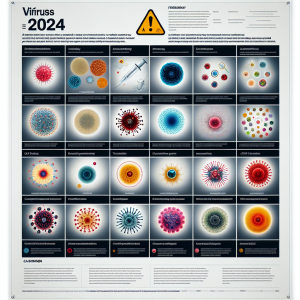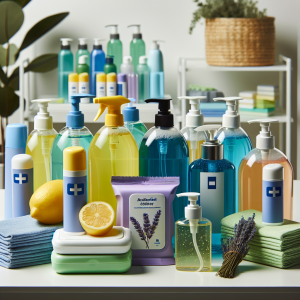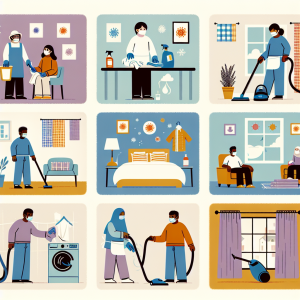How long do viruses live on surfaces?
The ongoing fight against infectious diseases has heightened awareness of how viruses survive outside the human body. Understanding the longevity of viruses on surfaces is crucial for implementing effective hygiene practices. This article explores the intricacies of virus survival on various surfaces, the factors that influence their lifespan, the common surfaces where they can linger, and best practices for disinfection and safety.
Understanding Virus Survival on Various Surfaces
Viruses are microscopic entities that require a host to replicate. However, they can survive on surfaces for varying periods, depending on several factors. When a virus is expelled from the body, it can land on surfaces such as metal, plastic, wood, or fabric. The ability of a virus to remain infectious outside the host is influenced by its structure, as enveloped viruses tend to have shorter lifespans on surfaces compared to non-enveloped viruses.
Research indicates that different viruses exhibit distinct survival times. For example, studies have shown that coronaviruses can survive on surfaces like stainless steel for up to three days, while the influenza virus may remain viable for only a few hours. Understanding these survival characteristics is essential for assessing the risk of transmission through contaminated surfaces and implementing effective sanitization measures.
In conclusion, comprehending how long viruses can survive on surfaces is critical in the context of public health. This knowledge aids in forming guidelines for cleaning and disinfecting frequently-touched surfaces to mitigate the spread of infections. For deeper insights into the mechanisms of virus survival, refer to resources like the Centers for Disease Control and Prevention (CDC) and the World Health Organization (WHO).
Factors Influencing Virus Longevity on Surfaces
Several factors play a significant role in determining how long viruses can survive on surfaces. One of the primary factors is the type of material on which the virus lands. Hard, non-porous surfaces such as plastic and metal are more conducive to virus stability and longevity compared to porous materials like fabric or paper. Moreover, the environmental conditions—such as temperature and humidity—also greatly affect virus survival. For instance, higher temperatures and lower humidity levels can reduce the lifespan of many viruses.
Additionally, the viral load, or the number of viral particles present on the surface, impacts survival times. Surfaces that are heavily contaminated with a high viral load may harbor infectious viruses for longer periods. Conversely, lower viral loads might lead to quicker degradation of the virus due to environmental factors. Furthermore, the presence of organic material, such as food residues or bodily fluids, can shield viruses from disinfectants, allowing them to survive longer.
Understanding these influencing factors is crucial for public health strategies and personal hygiene practices. By considering the type of surface, environmental factors, and the context of contamination, individuals and organizations can better assess the risk of virus transmission through surfaces. For more detailed information on virus transmission and prevention methods, visit WHO’s guidance on infection prevention.
Common Surfaces and Their Virus Lifespan
Research shows that various common surfaces have different lifespans for viruses. For example, stainless steel can harbor viruses for up to three days, making it a high-risk surface in environments like hospitals and kitchens. Plastic surfaces can similarly support virus survival for several days. In contrast, a surface like cardboard can reduce the viability of certain viruses to about 24 hours, making it less of a risk than hard surfaces.
Another frequently touched surface is glass, such as that found on smartphones or tablets. Viruses can survive on glass for several days as well, emphasizing the need for regular cleaning of personal electronic devices. Wooden surfaces, on the other hand, tend to absorb moisture and usually allow viruses to survive for a shorter time, often less than a day. It is important to note that while viruses may die off after a certain period, the potential for transmission depends on the environmental conditions and the type of virus involved.
Knowing the survival times of viruses on different surfaces helps individuals prioritize cleaning protocols in their homes and workplaces. By focusing on high-risk areas, one can effectively minimize the chance of virus transmission. To delve deeper into the types of surfaces and their impacts on virus longevity, resources like the National Institutes of Health (NIH) offer comprehensive research findings.
Best Practices for Surface Disinfection and Safety
To mitigate the risks associated with virus survival on surfaces, following best practices for disinfection is critical. Regularly cleaning and disinfecting frequently-touched surfaces, such as doorknobs, light switches, and countertops, can significantly reduce the presence of viruses. It is advisable to use disinfectants that are effective against specific viruses, particularly those listed on the Environmental Protection Agency (EPA)’s list of registered disinfectants. Always adhere to the manufacturer’s instructions regarding application and contact time.
In addition to routine disinfection, implementing hand hygiene practices is essential. Washing hands with soap and water for at least 20 seconds after touching potentially contaminated surfaces can help prevent viral transmission. When soap and water are unavailable, using hand sanitizers with at least 60% alcohol is a suitable alternative. Personal protective equipment (PPE), such as gloves, can also provide an additional layer of safety when cleaning surfaces.
Lastly, maintaining good ventilation in spaces where disinfection occurs can aid in reducing airborne particles, complementing surface cleaning efforts. As a proactive approach, it’s beneficial to stay informed about the latest recommendations from health authorities on effective cleaning and disinfection methods. For more tips on maintaining a safe environment, check out the CDC’s cleaning and disinfecting guidelines.
In summary, understanding how long viruses can live on surfaces is essential for effective infection control and public health safety. By recognizing the factors influencing virus longevity, identifying high-risk surfaces, and adhering to best practices for cleaning and disinfecting, individuals can significantly reduce the risk of virus transmission. Keeping informed and proactive is key to maintaining a safer environment for all.
Top hand sanitizers for virus protectionSeasonal flu vaccine effectivenessLatest research on virus transmissionRelevant LinkRelevant LinkRelevant Link
